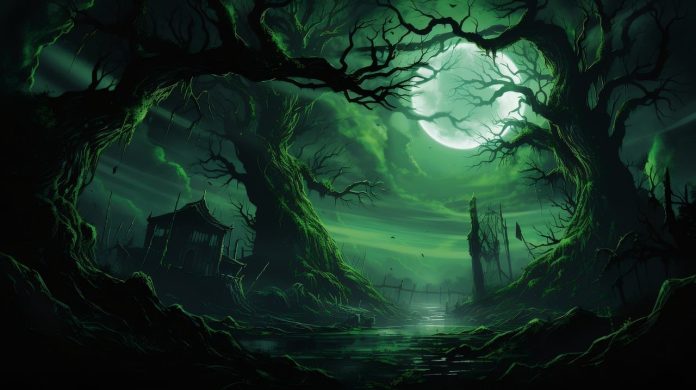Unveiling the Macabre: “Captain Murderer and The Devil’s Bargain” by Charles Dickens
Introduction
Childhood memories are a quilt of experiences woven with joy, curiosity, and occasional hints of fear. In the recesses of these memories lurk the haunting stories of “Captain Murderer and The Devil’s Bargain” by Charles Dickens, stories that still send shivers down our spines. This ghost story captured the narrator’s imagination during his early years, exploring the eerie worlds of Captain Murderer and Chips.
Captain Murderer: A Feast of Macabre Matrimony
The narrator recalls tales of Captain Murderer, a sinister character reminiscent of Blue Beard. The Captain’s gruesome mission revolves around matrimony and a cannibalistic appetite for tender brides. The vivid descriptions of his wedding rituals, featuring a golden rolling pin and silver pie-board, create an atmosphere of horror. The stories unfold with macabre details of beheadings, dismemberment, and culinary atrocities, leaving an indelible mark on the narrator’s psyche.
Chips the Shipwright: Bargains with the Devil and Supernatural Seafaring
Chips, the shipwright with a family history of dark bargains with the Devil, introduces a different yet equally chilling narrative. The Devil’s repeated refrain, “A Lemon has pips, And a Yard has ships, And _I_’ll have Chips!” sets the ominous tone. The tale takes a gruesome turn as Chips battles against a horde of rats with supernatural abilities. The ship, aptly named the Coffin, becomes a vessel of doom, sinking with all hands on board, leaving behind a sea of seaweed and a malevolent rat.
Cultural Influences on Macabre Narratives
In the context of the haunting stories of Captain Murderer and Chips, it is intriguing to explore the historical and cultural factors that may have shaped these macabre narratives. Folklore and oral tradition have long been vehicles for conveying societal norms, moral lessons, and collective fears.
Conclusion
The unsettling stories of Captain Murderer and Chips recounted during the narrator’s childhood, reveal the power of storytelling to evoke fear and fascination. These tales, filled with macabre details and supernatural elements, linger in the recesses of memory, influencing the narrator’s perception of the world. The enduring impact of childhood stories serves as evidence of the potency of narratives that tap into our deepest fears and curiosities, shaping the fabric of our memories for a lifetime.





